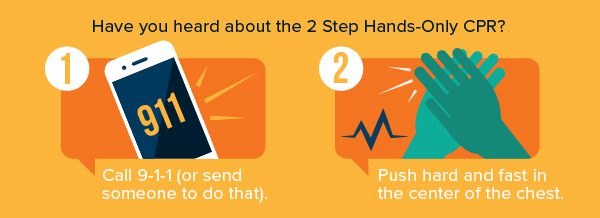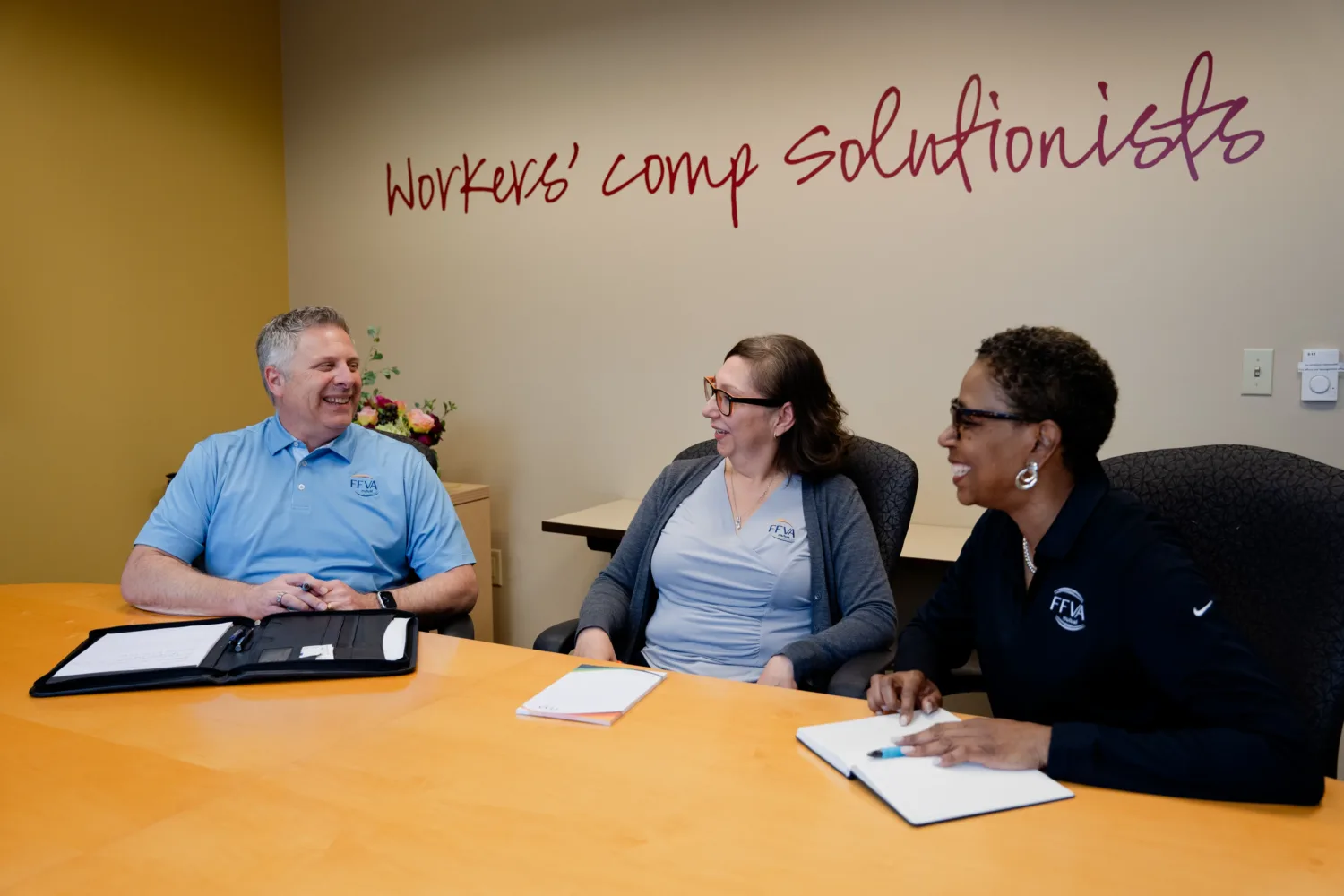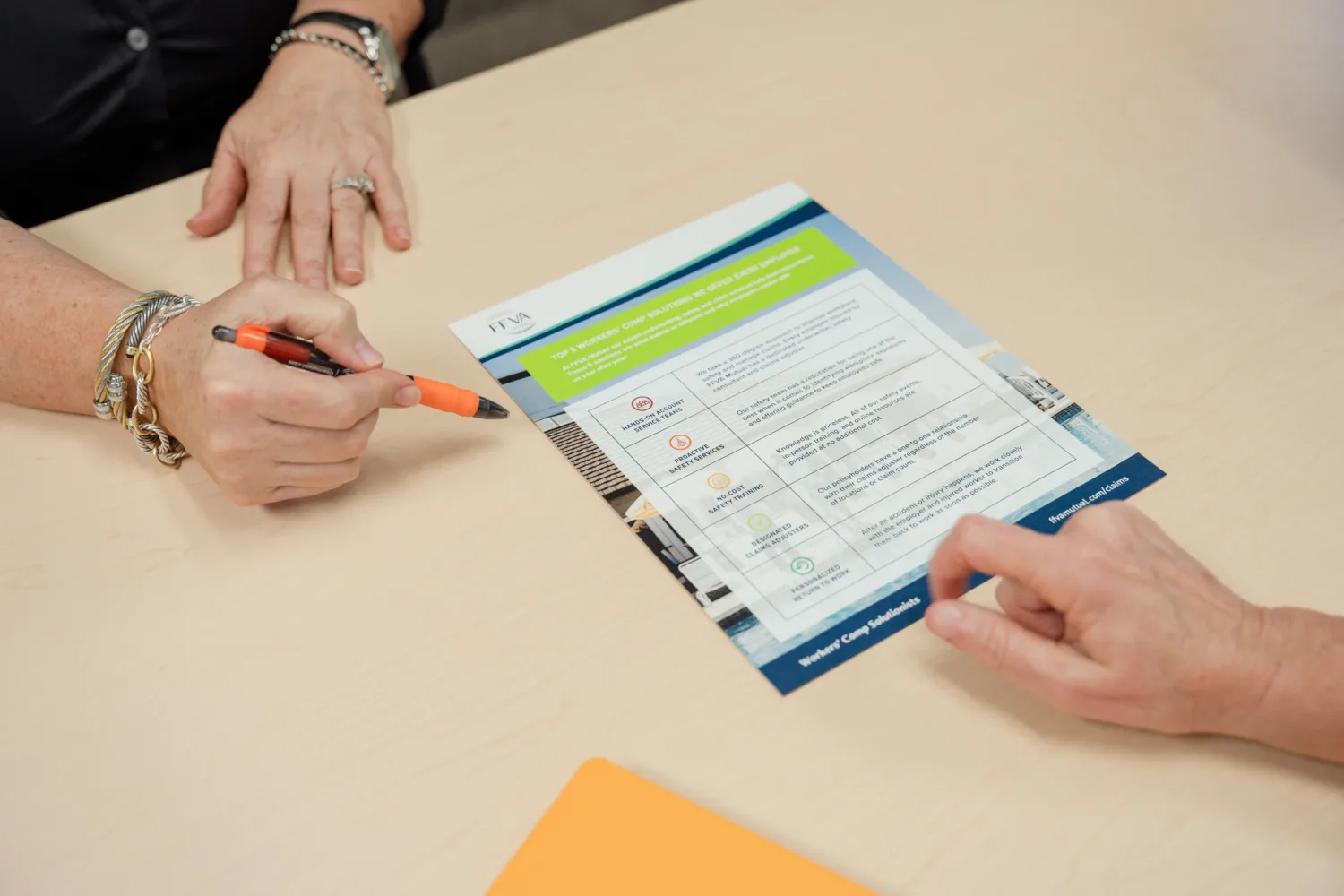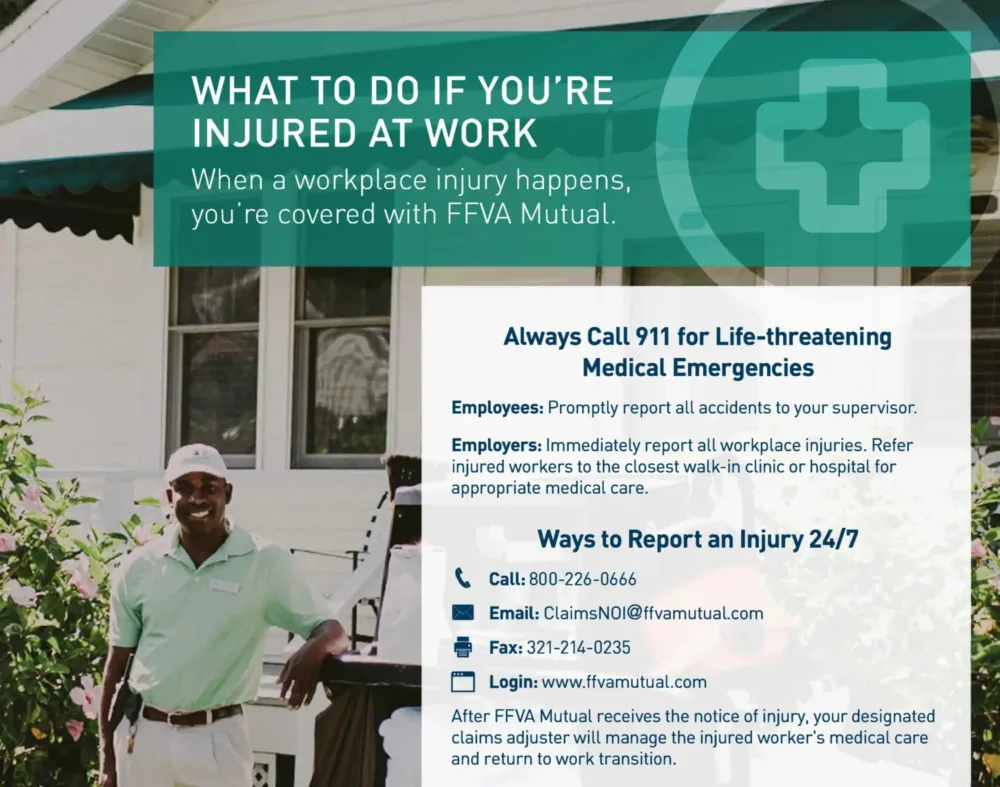Is Your Workplace Heart-Healthy?
February is American Heart Month, making it the ideal time of year to reflect on your employees’ health and wellness. Research from the American Heart Association (AHA) estimates that nearly 128 million U.S. adults living with cardiovascular disease, heart health isn’t just a personal concern—it’s a workplace priority. In fact, nearly 50% of working-age adults are affected by conditions like high blood pressure, coronary artery disease, and heart failure, all of which can increase the risk of heart attacks and strokes.
For employers, neglecting employee heart health can lead to higher health care costs, lower productivity, and reduced morale. That’s why it’s critical to implement year-round wellness initiatives that promote heart disease prevention and encourage healthy lifestyle choices.
Keep Your Company’s Heart Beating Strong
Your employees are the heartbeat of your company – their well-being directly impacts performance, engagement, and workplace culture. By taking proactive steps to support their cardiovascular health, you create a healthier, more energized workforce while also reducing the risks associated with chronic illnesses.
According to the Centers for Disease Control and Prevention (CDC), the leading causes of heart disease and stroke include:
- High blood pressure.
- High cholesterol.
- Diabetes.
- Smoking.
- Unhealthy diet.
- Physical inactivity.
Creating separate campaigns and initiatives to target each of these issues will be critical. Not only does this spread heart disease awareness, but it also advocates for healthy lifestyle changes that could help employees avoid severe illness in the future. However, it can’t just be a once-a-year initiative.
Developing an effective wellness program involves more than reducing absenteeism and workers’ comp claims – it’s about creating a culture of a heart healthy life in the workplace. Being “heart healthy” requires a daily, ongoing effort and should not be treated as a temporary heart disease awareness campaign for National Heart Month only. Instead, employers should lead by example and incorporate lifestyle changes, wellness and health care initiatives into their companies’ day-to-day workflow.
To get started, here are 5 strategies for improving employee health and wellness in the workplace:
1. Implement Comprehensive Health & Wellness Programs
A workplace wellness program is one of the most effective ways to support employee heart health and overall well-being. However, research from National Institutes of Health (NIH) shows that only 56% of small to mid-sized businesses have wellness initiatives in place. Among companies with 50-100 employees, that number drops to just 34%.
To bridge this gap, organizations should integrate cardiovascular disease education and heart disease prevention into their policies. A successful wellness program should include:
- Annual health screenings.
- Clear links between health promotion and available programs.
- Health and wellness education.
- Health program integration at a company level.
- Supportive social and physical environments.
Since every workplace has different occupational risks, creating personalized wellness initiatives is essential. For more tips on how to build an effective health program, read our post on cost-effective wellness programs any business can start.
2. Reduce Workplace Stress and Combat Employee Fatigue
Chronic stress, high blood pressure, and overexertion significantly increase the risk of heart disease and stroke. Employees who work long hours or irregular shifts are especially vulnerable. In fact, research from the National Institutes of Health (NIH) found that 1 in 3 U.S. adults don’t get enough sleep, leading to lower productivity and higher risk of cardiovascular issues.
Employers can take proactive steps to reduce work-related stress and fatigue by:
- Offering flexible work schedules and encouraging work-life balance.
- Educating employees on the importance of quality sleep and recovery.
- Conducting risk assessments to identify and mitigate workplace stressors.
- Creating a culture of mental wellness through relaxation spaces, mindfulness programs, and open communication.
For more details, explore our blog post on workplace fatigue and its impact on employee health.
3. Encourage the Buddy System
While there are plenty of resources for employers to motivate an employee to better manage their heart condition, creating a team-oriented environment is crucial to any health initiative. Educating employees on ways to spot the early signs of a heart attack or stroke helps them look out for each other while at work. According to the Mayo Clinic, the following symptoms are associated with a heart problem that may call for immediate medical attention:
- Chest pains, tightness and/or discomfort
- Shortness of breath and dizziness
- Numbness or weakness in the legs or arms
- Pain in the neck, jaw, throat or upper abdomen
- Irregular heartbeats that are rapid, pounding or fluttering
By educating employees on these warning signs and risk factors, businesses can create a supportive, heart-conscious work environment. Whether through formal health partnerships or informal peer check-ins, fostering team-based wellness efforts can make a lasting impact.
4. Provide CPR Training and Awareness
Even the best health and wellness programs can’t 100% ensure an employee will never experience a heart-related issue on the job. And while a tight-knit group of employees may be able to hold one another accountable for unhealthy habits, they should also know how to administer CPR in an emergency. According to the AHA, nearly 350,000 sudden cardiac arrests occur outside of a hospital setting each year. Considering CPR can immediately double or triple a person’s chance of survival, employers should prioritize training and awareness as part of their core health programs.

For tips on how to administer CPR in emergency situations, check out this blog post about how staying alive will make you a CPR lifesaver.
5. Promote Healthy Choices for Workplace Snacks
One of the best ways to achieve a heart healthy lifestyle is to eat healthy. The fuel we put in our bodies is just as crucial as the environment we cultivate around us. This National Heart Month, take the opportunity to evaluate and elevate the nutritional offerings in your workplace.
Is Your Breakroom Supporting Employee Wellness?
If your office kitchen is stocked with processed snacks, sugary sodas, and high-sodium foods, consider making healthier swaps:
- Replace chips and candy with popcorn, trail mix, fresh fruits, and vegetables.
- Swap soda and energy drinks for filtered or sparkling water.
- Encourage nutrient-rich snacks that support heart health and sustained energy.
By providing heart-friendly snack options, you show employees that their well-being matters while encouraging better eating habits that reduce the risk of heart disease, high blood pressure, and diabetes.
Want More Wellness Tips?
No matter where you are in the journey toward better safety and health programs at work, FFVA Mutual is here to help you identify opportunities for improvement to support your employees’ long-term wellness. If you’re an FFVA Mutual policyholder looking for hands-on training like our first aid, CPR and AED course, complete our safety training request form today!






























